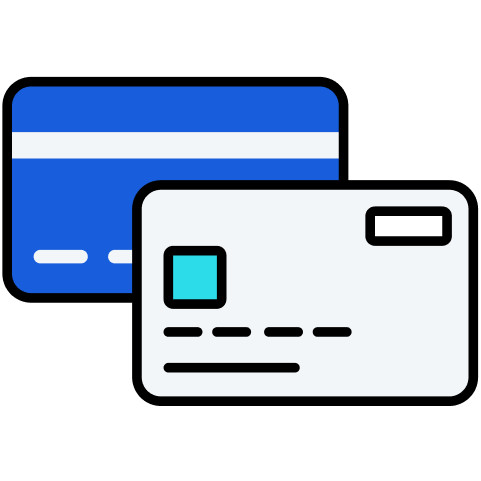Financial data security threats and risks
Financial institutions and individuals face significant cybersecurity threats that put sensitive financial data at risk. Cybercriminals frequently target financial data because of its high value for fraudulent activities. Common attack vectors include:
Phishing scams that trick users into revealing credentials
Ransomware attacks that encrypt and hold data hostage
Insider threats from malicious employees or contractors
System misconfigurations that expose sensitive data
Unpatched vulnerabilities in software and systems
These threats can result in devastating consequences, including financial losses, damaged reputation, and regulatory penalties. To combat these risks, organizations and individuals must implement comprehensive security measures, including identity and access management, regular security audits, employee training, and, most importantly, effective password management solutions.
How password managers protect financial data
Password managers serve as the first line of defense for financial data security through encrypted vaults. These vaults use advanced encryption to ensure that only users can access their information with the correct master password. Within the encrypted vault, users can securely store:
Login credentials for websites, applications, and services
Credit card information and payment details
Personal identity information
Secure notes and documents
Multi-factor authentication (MFA) codes
For optimal financial data security, each account in the vault should have a strong, unique password combined with multi-factor authentication wherever possible. This layered approach significantly reduces the risk of unauthorized access.
Types of financial data to secure
Consider using a password manager like Bitwarden to protect credentials and sensitive information for:
Banks and credit unions - Online banking portals and mobile apps
Investment brokerages - Trading platforms and portfolio management tools
Credit card accounts - Online account management and payment systems
Investment platforms - Active trading and robo-advisor services
Payment systems - Digital wallets, peer-to-peer payment apps, and online checkout services
The Bitwarden autofill functionality makes it easy to access these accounts securely while maintaining strong, unique passwords for each service. Bitwarden also mitigates the risks of a data breach by employing advanced security measures, such as not autofilling passwords on websites that don’t match the stored url, ensuring financial data remains protected from cyber threats. Below is a step-by-step guide on how to create a folder in Bitwarden to help better manage financial information protected in your vault.
Creating a financial data folder
Users who want to create a folder in their Bitwarden vault should start by opening the client (the desktop app is used in this demonstration), unlocking their vault, and then clicking + associated with FOLDERS in the left navigation (Figure 1). Controlling data access within the vault is crucial to ensure that only authorized users can view sensitive financial data.

When prompted to name the new folder, users concerned about unauthorized access to their Bitwarden vault should consider a discreet name rather than something obvious like "FINANCES." A less conspicuous folder name adds an extra layer of security by not immediately drawing attention to the most sensitive data. Either way, after a user clicks +, they will be asked to type a name for the new folder (Figure 2).

After giving the folder a name, click the Save icon. To move previously created entries into the new folder, open one of those entries for editing and then select the new folder from the Folder drop-down (Figure 3).

Users who want to add additional security to sensitive vault items can set up a master rassword re-prompt, which requires them to retype their master password before viewing the contents of this entry.
The final step after adding an entry is to click the Save button.
Best practices for financial data security
To maximize the protection of financial data in Bitwarden, users should:
Use unique, complex passwords for every financial account
Enable multi-factor authentication wherever available
Monitor financial account activity for suspicious transactions
Keep software updated to benefit from the latest security enhancements
Train team members on proper password management practices
By implementing these strategies and leveraging the comprehensive security features Bitwarden offers, users can significantly enhance financial data protection while maintaining convenient access to their accounts.
Financial data security requires ongoing attention and the right tools. Password managers, such as Bitwarden, provide a practical solution for protecting sensitive financial information through encryption, organized storage, and secure access controls. While no security measure is perfect, combining strong password practices with encrypted storage significantly reduces risk exposure.
Get started with Bitwarden
Ready to try Bitwarden? Register for a free individual account, or start a free business trial today.
